Understanding the subtle signs of an allergic reaction in your feline friend is something that every cat owner should be well-versed in. Cats, much like humans, can experience discomfort and health issues when exposed to allergens. However, they often suffer in silence, making it crucial for you to be their advocate. In this article, we delve into the various signs that could indicate your cat is experiencing an allergic reaction, equipping you with the knowledge to act promptly and seek the necessary care.
Changes in Skin and Coat Condition
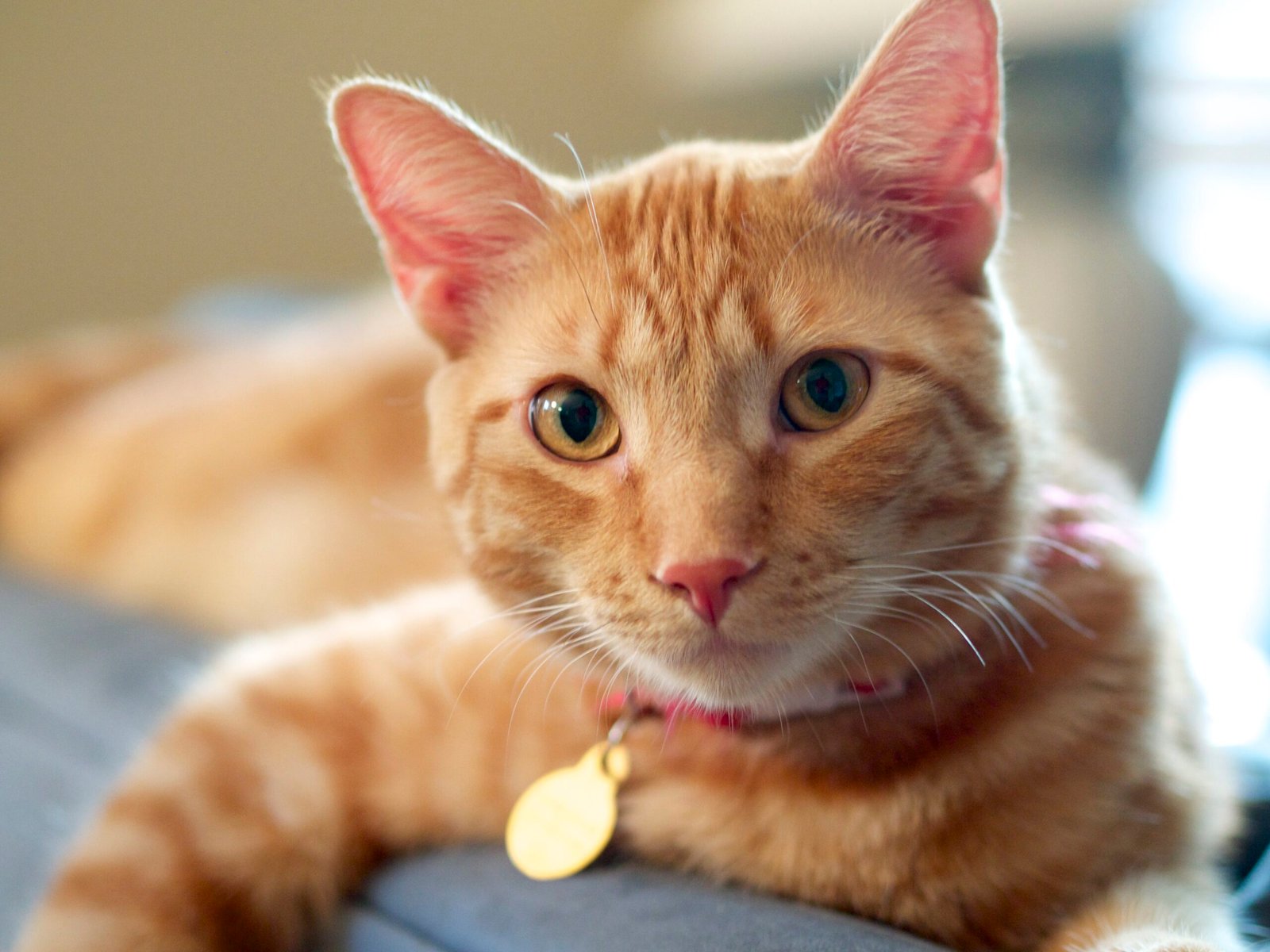
One of the most telling signs of an allergic reaction in cats is a noticeable change in their skin and coat condition. You might observe your cat incessantly scratching or grooming, leading to bald patches or red, inflamed skin. This reaction is often due to allergens such as pollen, dust mites, or certain food ingredients. Imagine your cat’s skin as a sensitive canvas; any irritant can lead to a masterpiece of discomfort. Pay attention to any unusual shedding patterns or dry, flaky skin that resembles dandruff.
Respiratory Distress
Cats can also exhibit respiratory symptoms when dealing with allergies. Wheezing, coughing, or sneezing are common indicators that something might be amiss. If your cat appears to be struggling for breath or producing unusual sounds while breathing, it’s essential to consult a veterinarian. Think of your cat’s respiratory system as a delicate flute; any obstruction or irritation can disrupt its harmonious function. Keep an eye out for any abnormal breathing patterns or frequent coughing fits.
Digestive Issues
Allergies can wreak havoc on a cat’s digestive system, leading to symptoms such as vomiting, diarrhea, or loss of appetite. If your cat is consistently experiencing these issues, it might be time to investigate potential allergens in their diet. Imagine your cat’s stomach as a finely tuned engine; any wrong fuel can cause it to sputter and stall. Look for any sudden changes in their eating habits or unexplained weight loss.
Swelling and Inflammation
Swelling and inflammation in various parts of the body can also indicate an allergic reaction. Your cat might develop swollen paws, lips, or eyelids, making them appear puffy or disfigured. This reaction could be due to insect bites, certain medications, or environmental factors. Visualize your cat’s body as a balloon; any excessive pressure can cause it to swell and distort. Be vigilant for any unusual lumps or bumps that don’t seem to resolve.
Ear Problems
Allergic reactions can manifest in your cat’s ears, leading to chronic ear infections or discomfort. If your cat is frequently shaking its head or scratching at its ears, it might be experiencing an allergic response. Picture your cat’s ears as sensitive radar dishes; any interference can cause them to malfunction. Check for any unusual discharge, foul odor, or redness in the ear canal.
Behavioral Changes
Cats often exhibit behavioral changes when dealing with allergies. They might become more irritable, withdrawn, or lethargic, avoiding interactions or playtime. Imagine your cat’s behavior as a barometer of their well-being; any deviation from the norm can indicate underlying issues. Pay attention to any sudden shifts in their demeanor or reluctance to engage in usual activities.
Eye Irritation
Eye irritation is another common sign of an allergic reaction in cats. You might notice your cat’s eyes becoming watery, red, or swollen, accompanied by excessive blinking or pawing at the face. Picture your cat’s eyes as delicate windows to their soul; any irritant can cause them to cloud over. Be on the lookout for any unusual discharge or persistent squinting.
Nasal Discharge
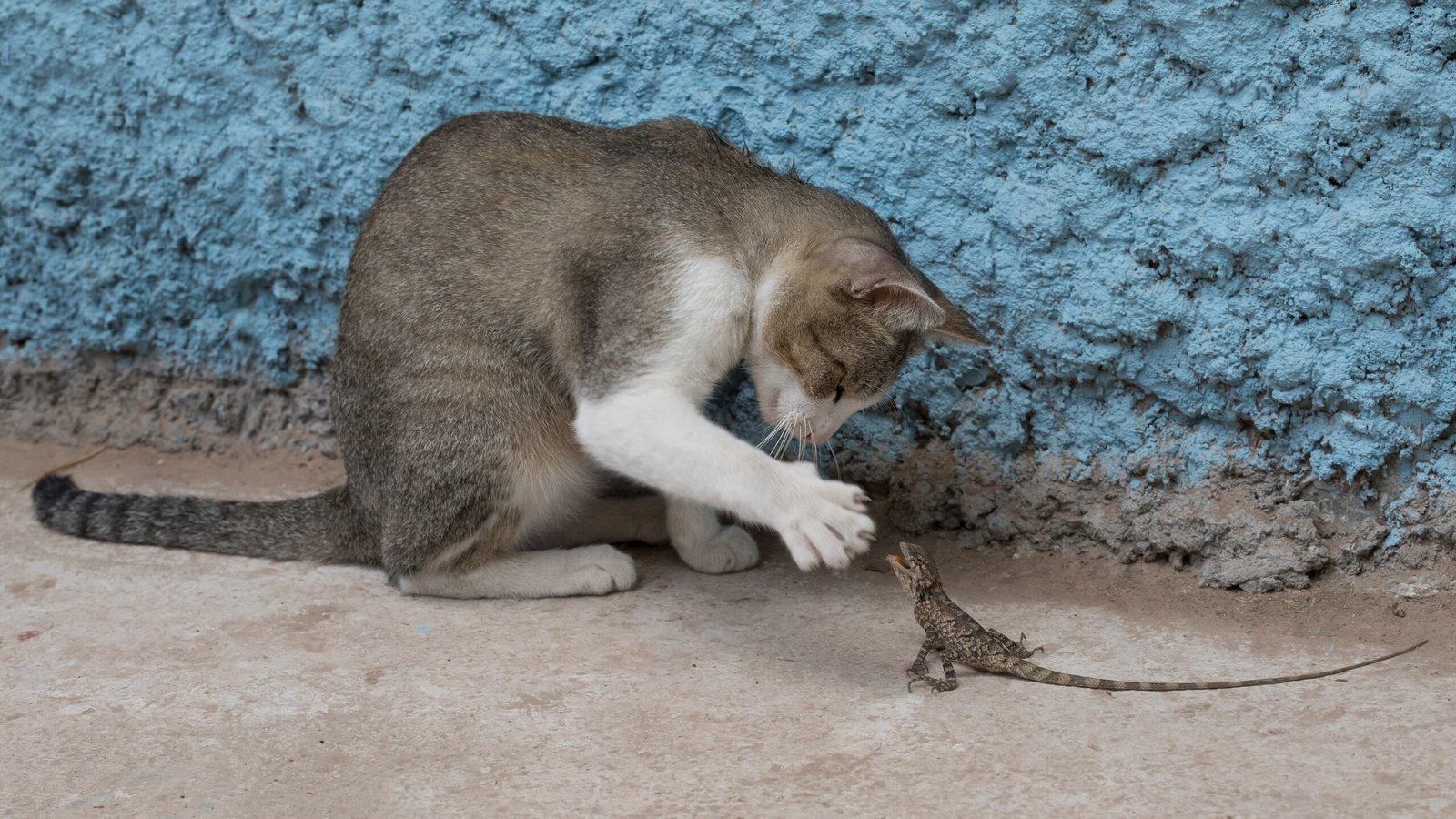
A runny nose or nasal discharge can also indicate an allergic reaction in cats. If your cat is frequently sneezing or has a constant drip from its nose, it might be experiencing an allergic response. Imagine your cat’s nose as a finely tuned filter; any blockage can cause it to overflow. Monitor for any changes in the color or consistency of the nasal discharge.
Increased Grooming
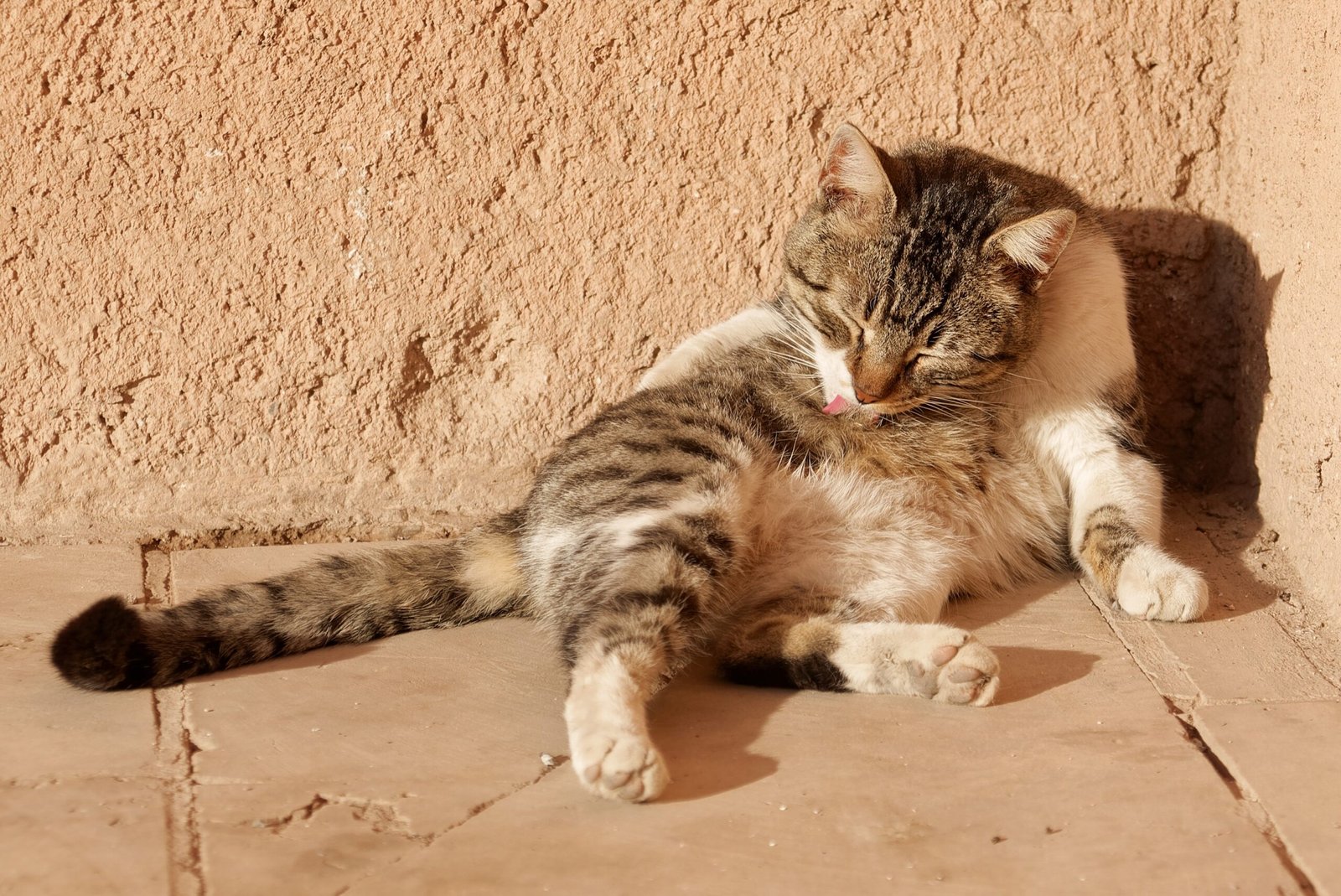
While grooming is a natural behavior for cats, excessive grooming can be a sign of an allergic reaction. Your cat might be trying to soothe irritated skin, leading to over-grooming and hair loss. Picture your cat’s grooming routine as a comforting ritual; any disruption can turn it into an obsessive compulsion. Keep an eye out for any bald spots or skin redness.
Loss of Appetite
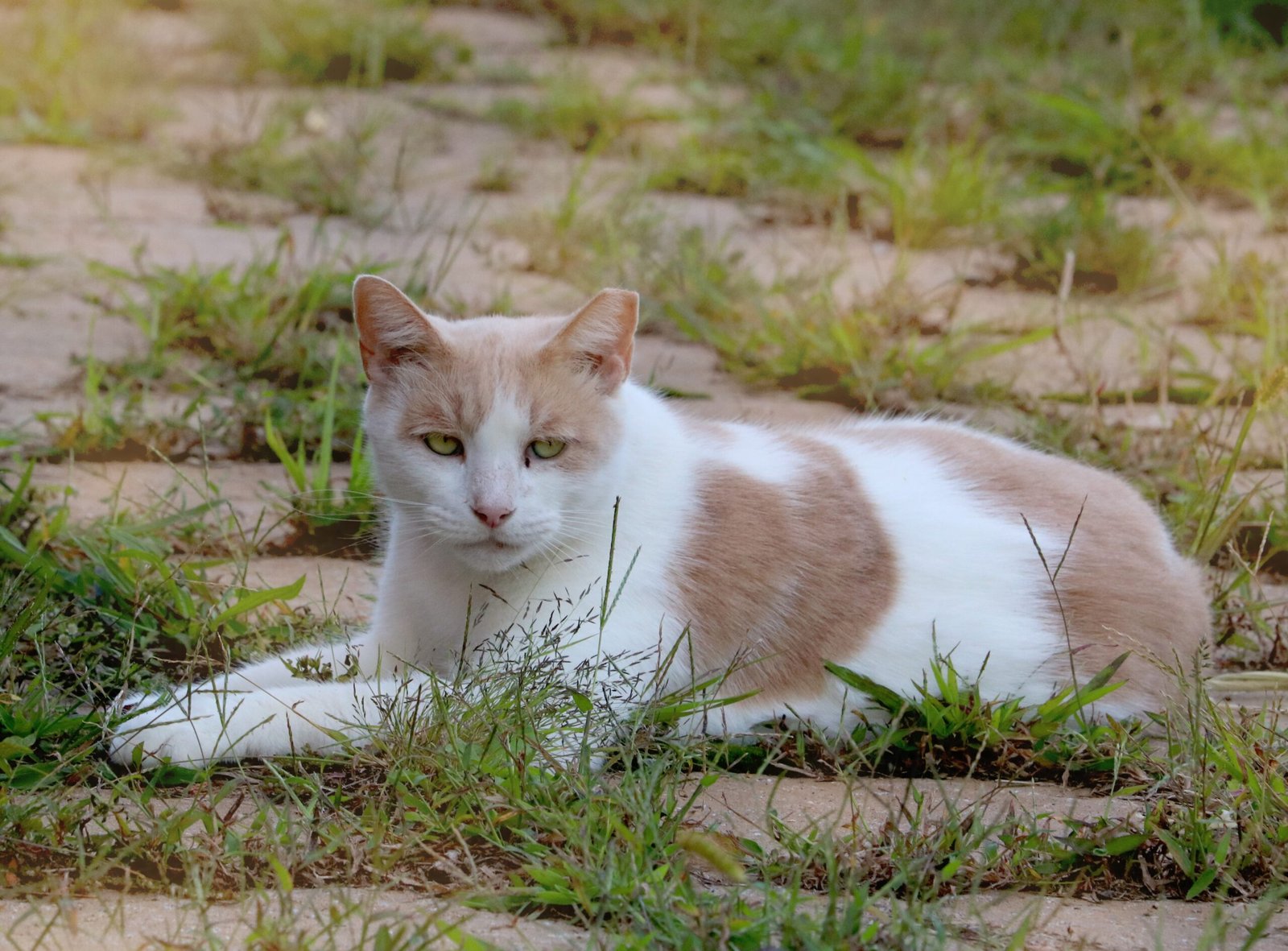
A sudden loss of appetite can be a sign of an allergic reaction in cats. If your cat is refusing to eat or showing disinterest in their favorite treats, it might be dealing with an allergy. Imagine your cat’s appetite as a compass guiding its nutritional needs; any deviation can signal a problem. Observe any changes in their eating habits or weight.
Frequent Ear Infections

Recurrent ear infections can be an indicator of an underlying allergy in cats. If your cat is constantly battling ear infections despite treatment, it might be time to explore potential allergens. Think of your cat’s ears as sensitive instruments; any disturbance can cause them to malfunction. Check for any persistent ear odor or discharge.
Unusual Licking

Cats might exhibit unusual licking behavior when dealing with allergies. If your cat is obsessively licking certain areas of its body, it might be trying to alleviate discomfort caused by an allergen. Picture your cat’s licking as a soothing balm; any excessive application can indicate a problem. Pay attention to any specific areas your cat is focusing on.
Hives or Rashes

Hives or rashes can appear on your cat’s skin as a result of an allergic reaction. These raised, itchy patches can cause significant discomfort and distress. Visualize your cat’s skin as a delicate tapestry; any disruption can cause it to unravel. Be vigilant for any sudden appearance of bumps or welts on their body.
Increased Thirst
An increase in thirst can sometimes be linked to allergic reactions in cats. If your cat is suddenly drinking more water than usual, it might be a sign of an underlying issue. Imagine your cat’s thirst as a gauge of its hydration needs; any spike can indicate a problem. Monitor their water intake and any changes in urination patterns.
Fatigue and Lethargy

Allergic reactions can cause fatigue and lethargy in cats, making them less active and playful. If your cat is spending more time sleeping or appears uninterested in usual activities, it might be dealing with an allergy. Picture your cat’s energy levels as a battery; any drain can indicate a malfunction. Keep an eye out for any prolonged periods of inactivity.
Anxiety and Restlessness
Anxiety and restlessness can also be signs of an allergic reaction in cats. If your cat seems unusually anxious or restless, it might be experiencing discomfort due to an allergen. Imagine your cat’s demeanor as a calm lake; any disturbance can cause ripples of anxiety. Observe any changes in their behavior or increased agitation.
Paw Licking and Chewing
Cats might lick or chew their paws when dealing with allergies. This behavior can be an attempt to soothe irritated skin or relieve discomfort. Picture your cat’s paws as sensitive sensors; any irritation can cause them to malfunction. Monitor for any redness, swelling, or sores on their paws.
Weight Loss
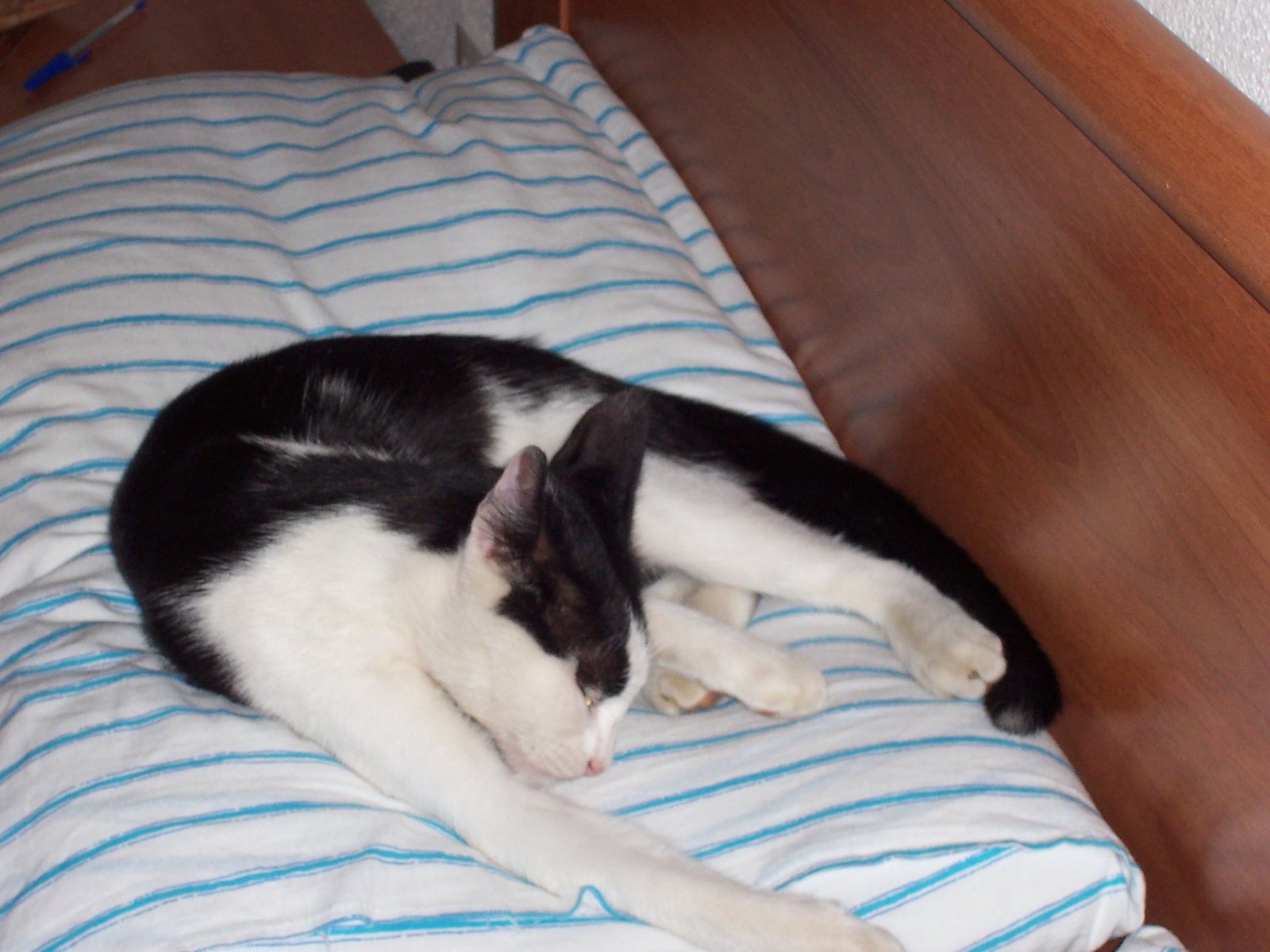
Unexplained weight loss can be a sign of an allergic reaction in cats. If your cat is losing weight despite a consistent diet, it might be time to investigate potential allergens. Think of your cat’s weight as an indicator of its overall health; any fluctuation can signal a problem. Keep an eye on their body condition and any changes in their appetite.
Increased Scratching
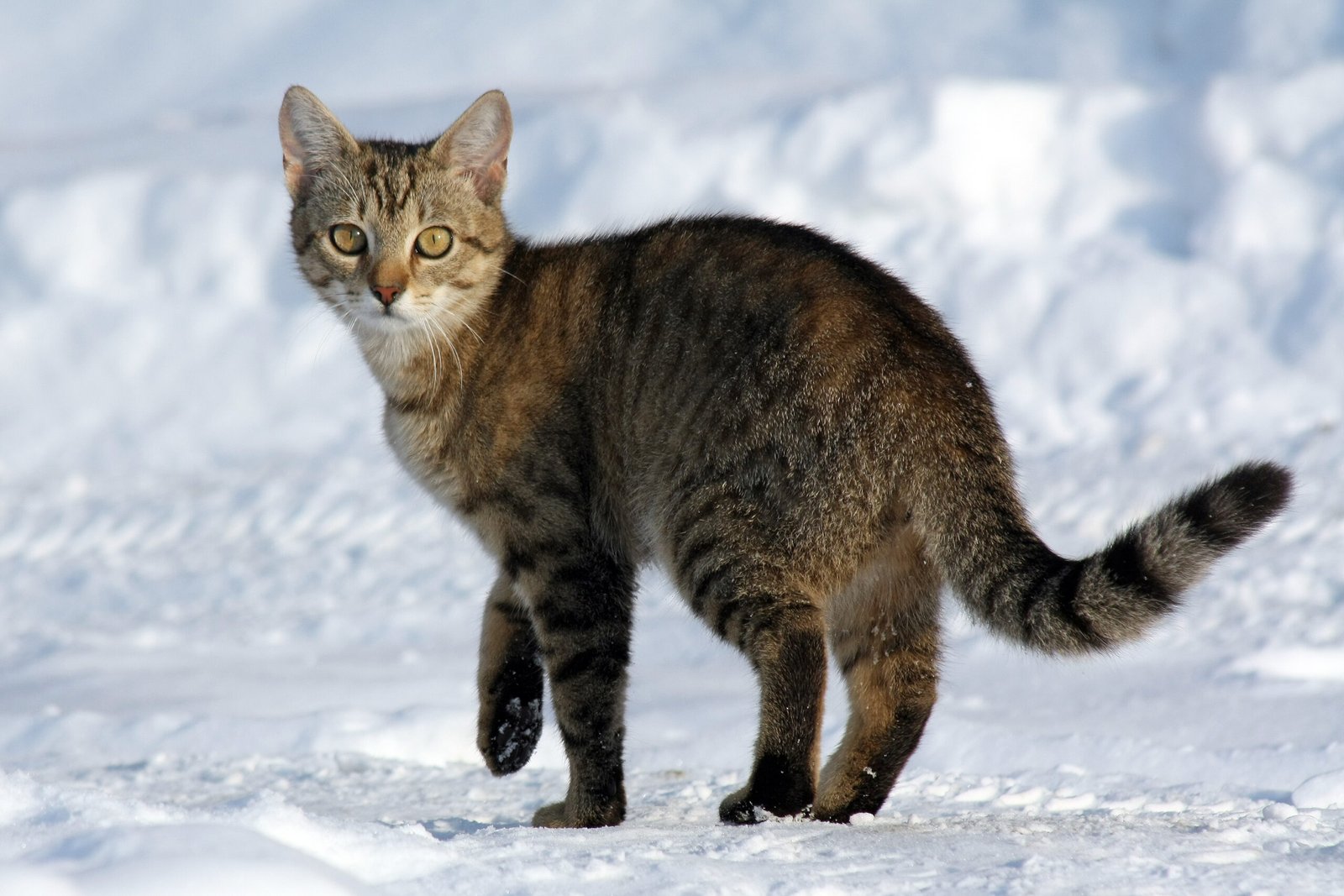
Increased scratching can be a sign of an allergic reaction in cats. If your cat is scratching more than usual, it might be trying to alleviate discomfort caused by an allergen. Imagine your cat’s scratching as a distress signal; any increase can indicate a problem. Pay attention to any specific areas your cat is focusing on.
Consulting a Veterinarian
If you suspect your cat is experiencing an allergic reaction, consulting a veterinarian is crucial. A professional can help identify the allergen and recommend appropriate treatment options. Think of your veterinarian as a detective; any clues can lead to a solution. Be prepared to provide detailed information about your cat’s symptoms and environment.
Understanding the signs of an allergic reaction in your cat is essential for ensuring their well-being. By being attentive and proactive, you can help your feline friend live a comfortable and healthy life.
Hi, I’m Bola, a passionate writer and creative strategist with a knack for crafting compelling content that educates, inspires, and connects. Over the years, I’ve honed my skills across various writing fields, including content creation, copywriting, online course development, and video scriptwriting.
When I’m not at my desk, you’ll find me exploring new ideas, reading books, or brainstorming creative ways to solve challenges. I believe that words have the power to transform, and I’m here to help you leverage that power for success.
Thanks for stopping by, Keep coming to this website to checkout new articles form me. You’d always love it!






